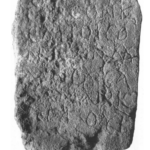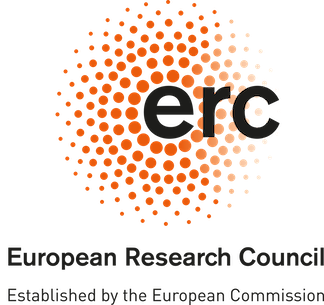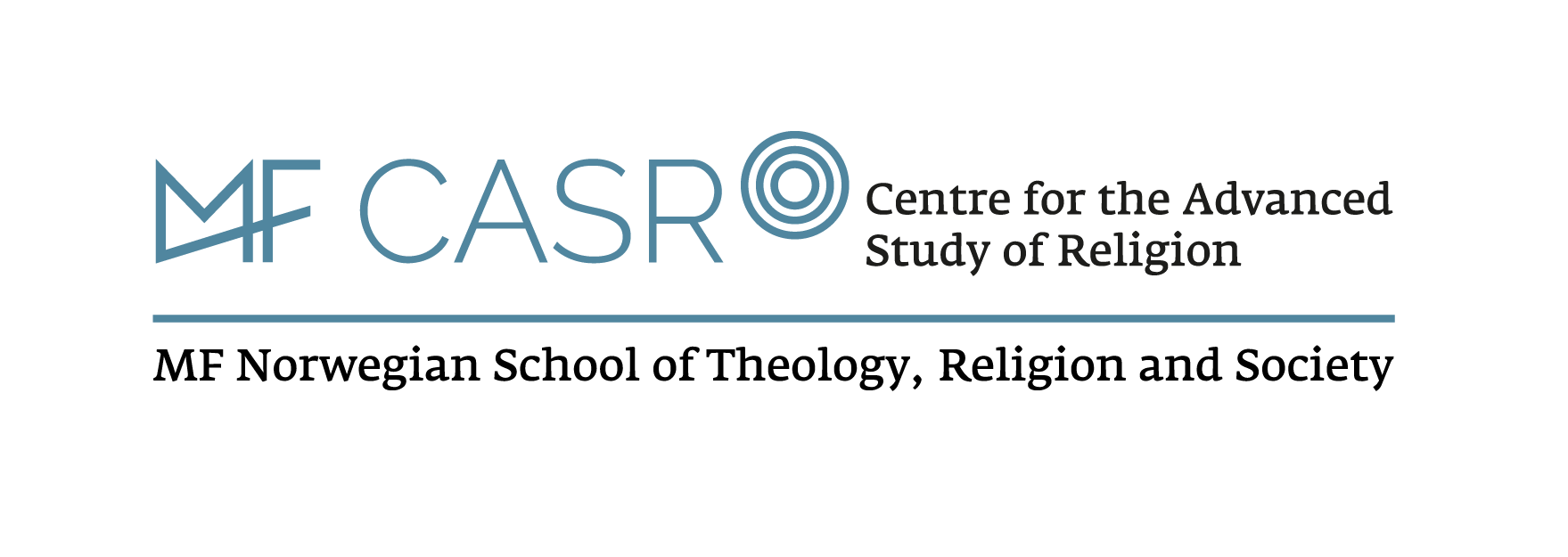| Artefact ID | 144 |
| TM ID | TM 79056 |
| Findspot (DEChriM ID) | 53 (Ǧabal Mūsā) | Class | Textual |
| Material | Stone |
| Writing medium | Inscription |
| Text content | Subliterary |
| Language | Greek |
| Description | SEG XLIV 1434; SB XXII 15481: Christian invocation Christian invocation reading "Lord Jesus Christ, save and have mercy on your servant Salamanis". Initial and final crosses; use of nomina sacra. According to the editors, the formula and the name (Syrian-Palestinian) suggest that the dedicant came from Syria or Palestine, perhaps by sea via Sinai. |
| Selection criteria | Mention of Christian individuals/communities, Christian terms/formulas/concepts, Christian symbols/gestures/isopsephy, Nomina sacra |
| Date from | 300 |
| Date to | 499 |
| Dating criteria | Palaeographically dated 4th-6th c. in ed. pr. |
| Absolute/relative date | Relative date |
| Archaeological context | In the ed. pr. (Bagnall and Sheridan 1994a), the text is said to be inscribed on a plaque of friable stone found in the apsed building, during the excavation of the fort at Abū Šaʿr. More details are given in Bagnall and Sheridan 1994b: 109, where they distinguish two contexts for the texts published in 1994a: one including Latin inscriptions and a Greek ostracon coming from the early fourth-century fort, and another one with "the other texts [including this Greek inscription] that come from the time when the enclosure and buildings were reoccupied and the main building turned into a church". |
| Accession number | Egypt, Abū Šaʿr, excavation 1990-1991, field number AS90D-SEX[007] PB#8 |
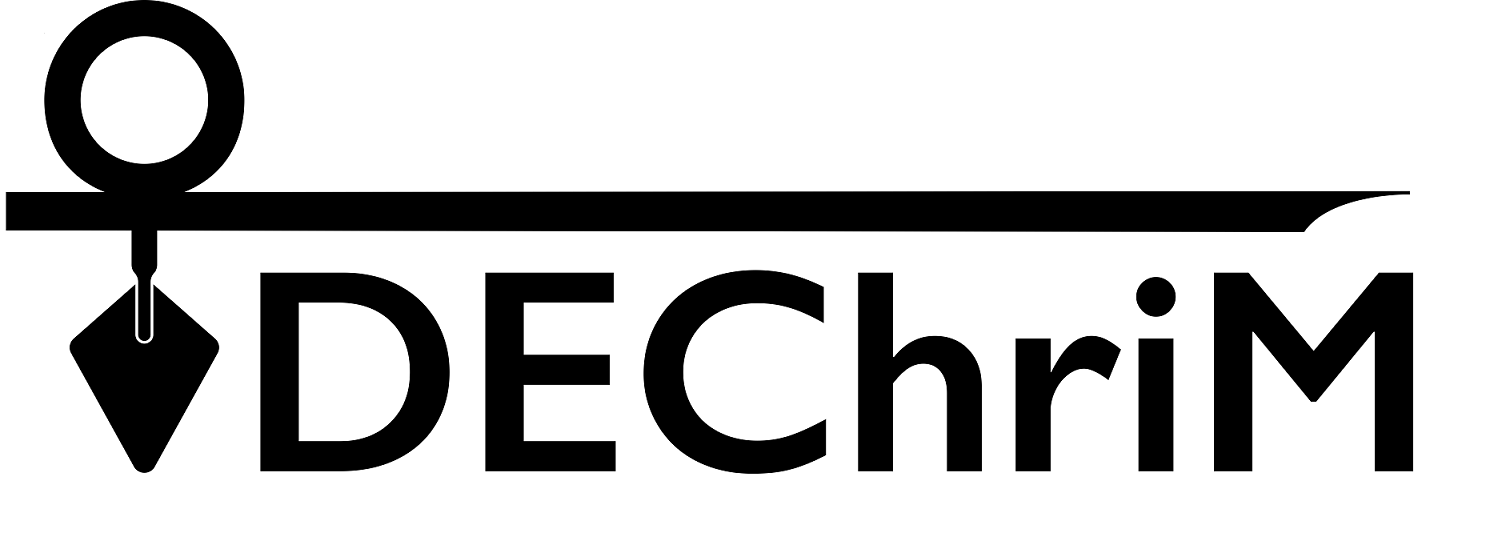

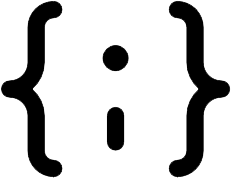 Json data
Json data